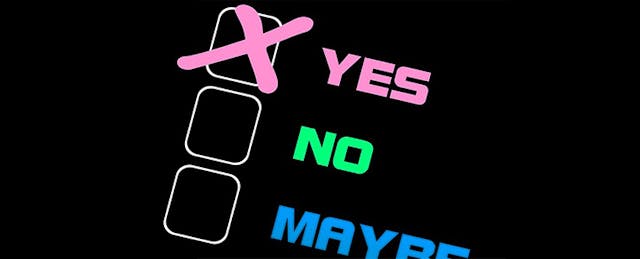Humans are designed for YES, but stricken by NO, and this creates much of the tension in scaling innovation in our schools today.
Educators enter the classroom with the best intentions. They want to support the lives of the children in their classrooms. They want to bring learning to life. They went to see the magic that they experience as learners repeated only with them serving as the facilitator.
Teachers enter their first year in the classroom with an idealism that, if sprinkled on the system, would allow innovation to blossom and scale. Unfortunately, we squeeze this desire for the ideal out of almost all of our teachers before their careers in the classroom have come to an end.
This shift from idealism to realism and cynicism takes time and conditioning, and it often happens so slowly that it goes unnoticed by all until there is a classroom being held hostage by someone that can no longer adapt, grow and learn at the pace necessary for excellence to emerge. The catalyst for this slow fade and shift is often the intentional and unintentional use of NO.
The culture of NO rarely looks like someone directly saying those words. It is more subtle. Imagine a teacher that wakes up in the middle of the night with an idea to support a student, that up until this point, he hasn’t been able to reach. He arrives early at school, knowing that his principal usually has a few moments to chat in these minutes before the run of the day. Just as he is about to share his new idea, the principal asks him about a meeting agenda and a question from a parent. The teacher is stopped in his tracks, but pushes through to share his idea. The principal’s first response is that she really doesn’t see how that would work, but then asks the teacher to write something down to explain it in more detail for the building leadership team.
In another situation, the teacher attempts to share some good news about his students that are working on a project with a class in another country. During this conversation with colleagues, another teacher begins talking about a behavior issue in the hallway that caused a stir earlier in the day. The rest of the teachers are attracted to this conversation, and the teacher working on the project fades into the background of the circle. Eventually, he retreats to his classroom to continue his excellent teaching, but without the culture of YES to surround his work.
As a teacher, I experienced (on multiple occasions) principals that seemed genuinely excited to visit my classroom when I was taking a risk and trying something new--only for them never to show up or even follow up to see how things went. This appearance of indifference by my building leadership began to quiet my spirit and slow my eagerness to share moments of best practice. It turned me from believing that my colleagues and leadership were supporting and cheering me forward to questioning whether in fact all my efforts for kids actually created liabilities for the school and my leadership.
As much as the culture of NO inhibits the growth of learners and leaders of learning, the culture of YES can be a catalyst for excellence. In schools where trust is thrust to the center, and ideas are seen as opportunities, the beauty of learning emerges. Idea generation and solution-making are only possible in this sort of culture.
To make this a reality, all in education must be willing to say “YES, and” to the nuggets of ideas that emerge each day in classrooms, halls, and offices. When someone brings fresh energy to the table, educators believing in the culture of YES amplify the energy with smiles, quality listening, and a sharing of resources to support the idea. A culture of YES comes when teachers see their role as removing friction from the learning of students, and when leaders remain dedicated to keeping the mandates from above at arms length from those serving students each day.
To begin this process of growing the culture of YES, I recommend that teachers and leaders:
- Listen closely for new ideas that come from informal conversation.
- Respond with care when are brainstorming out loud.
- Develop time in the day to think big picture and be present for others.
- Remove friction from the system.
- Develop deep empathy for those in the classroom.
- Chart the number of times they say YES or affirm the thoughts of others throughout a day.
A culture of YES is drenched in optimism. It believes in the power of connections, failing forward, and taking positive risks for kids. It resists living in a world where fear and liability are paramount decision makers. A culture of YES is subtle. It doesn’t cost millions, but it takes millions of learners dedicated to making millions of small decisions that can ultimately have an impact on millions of learners as the culture of YES deeply infects our educational DNA.


